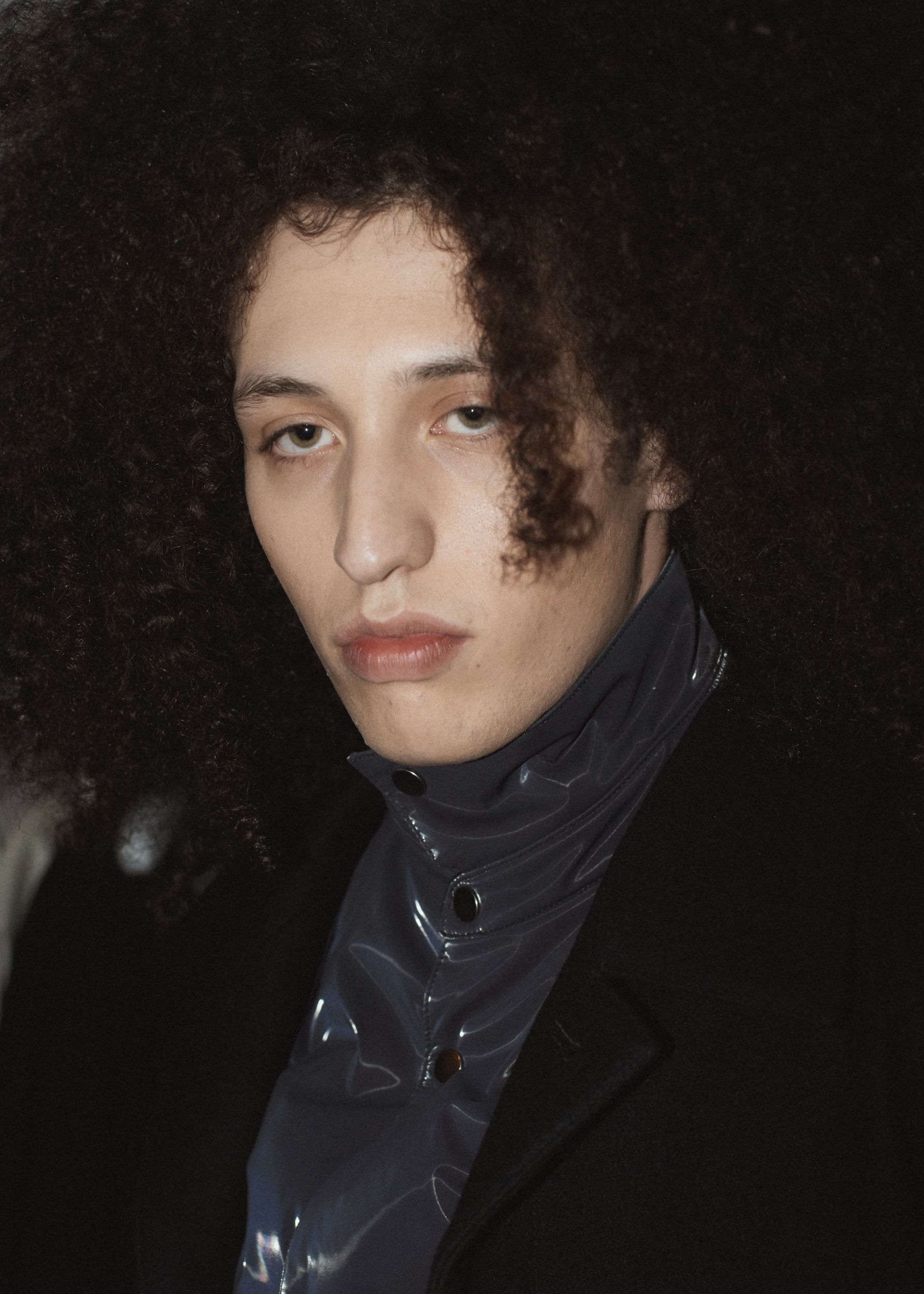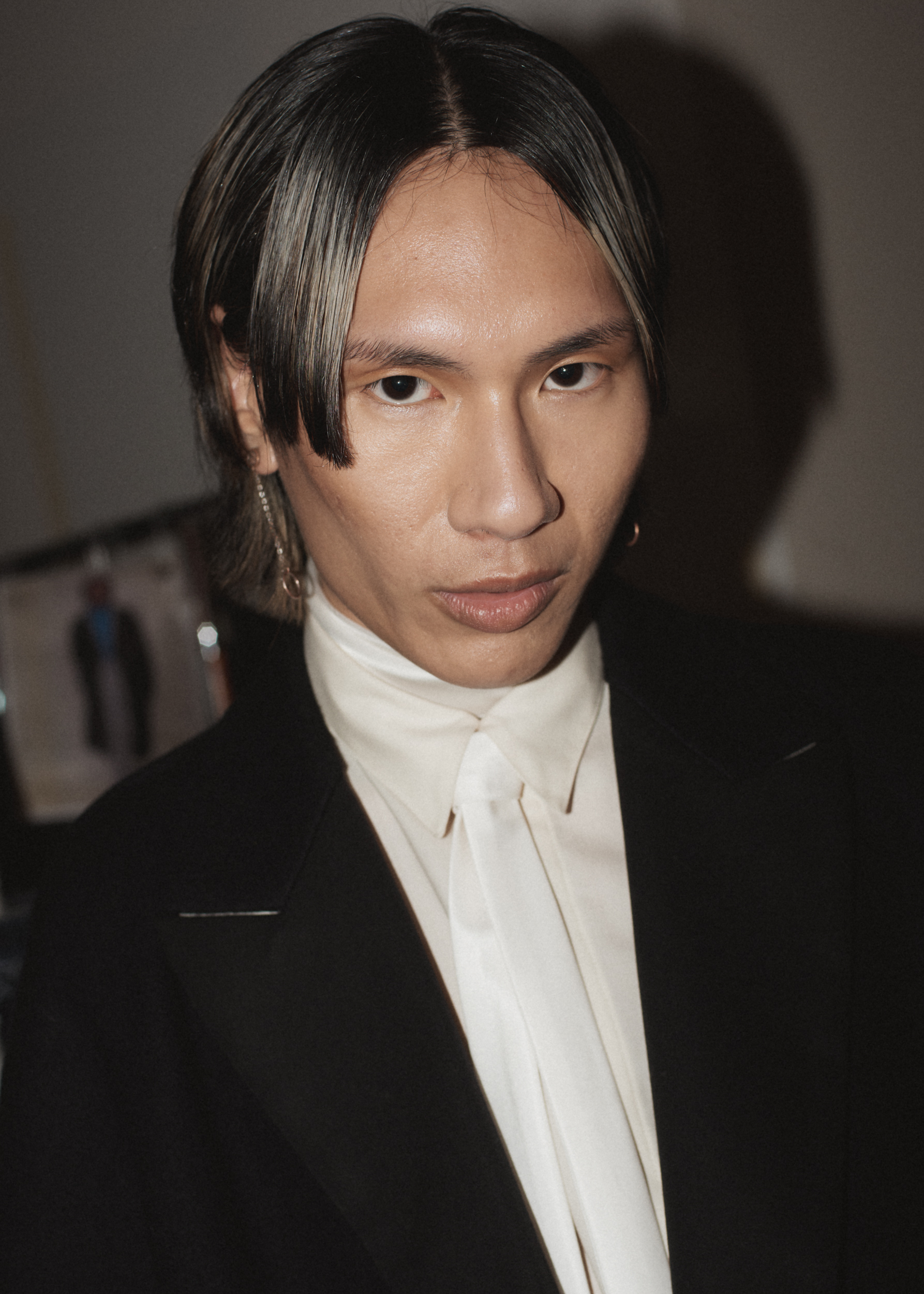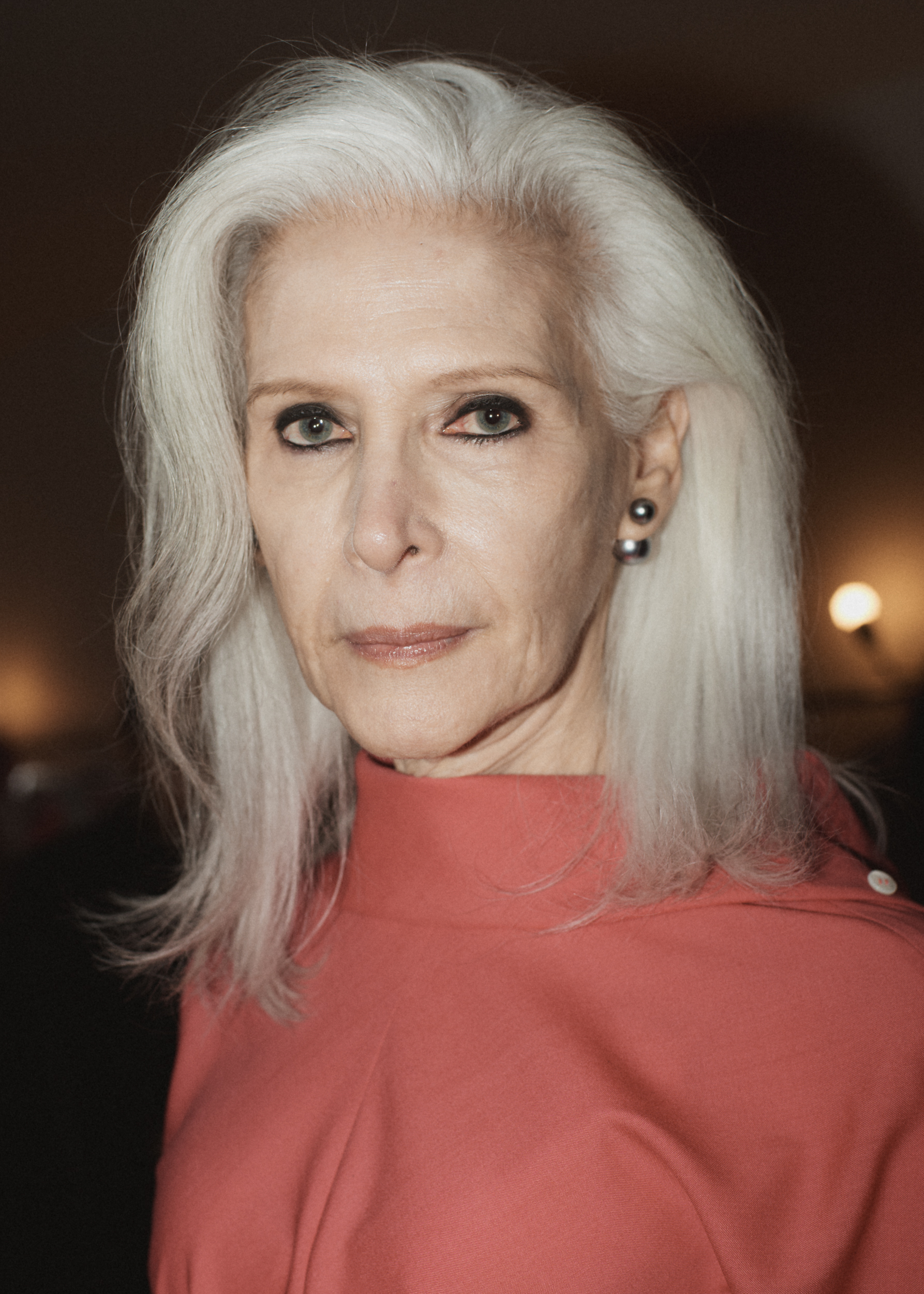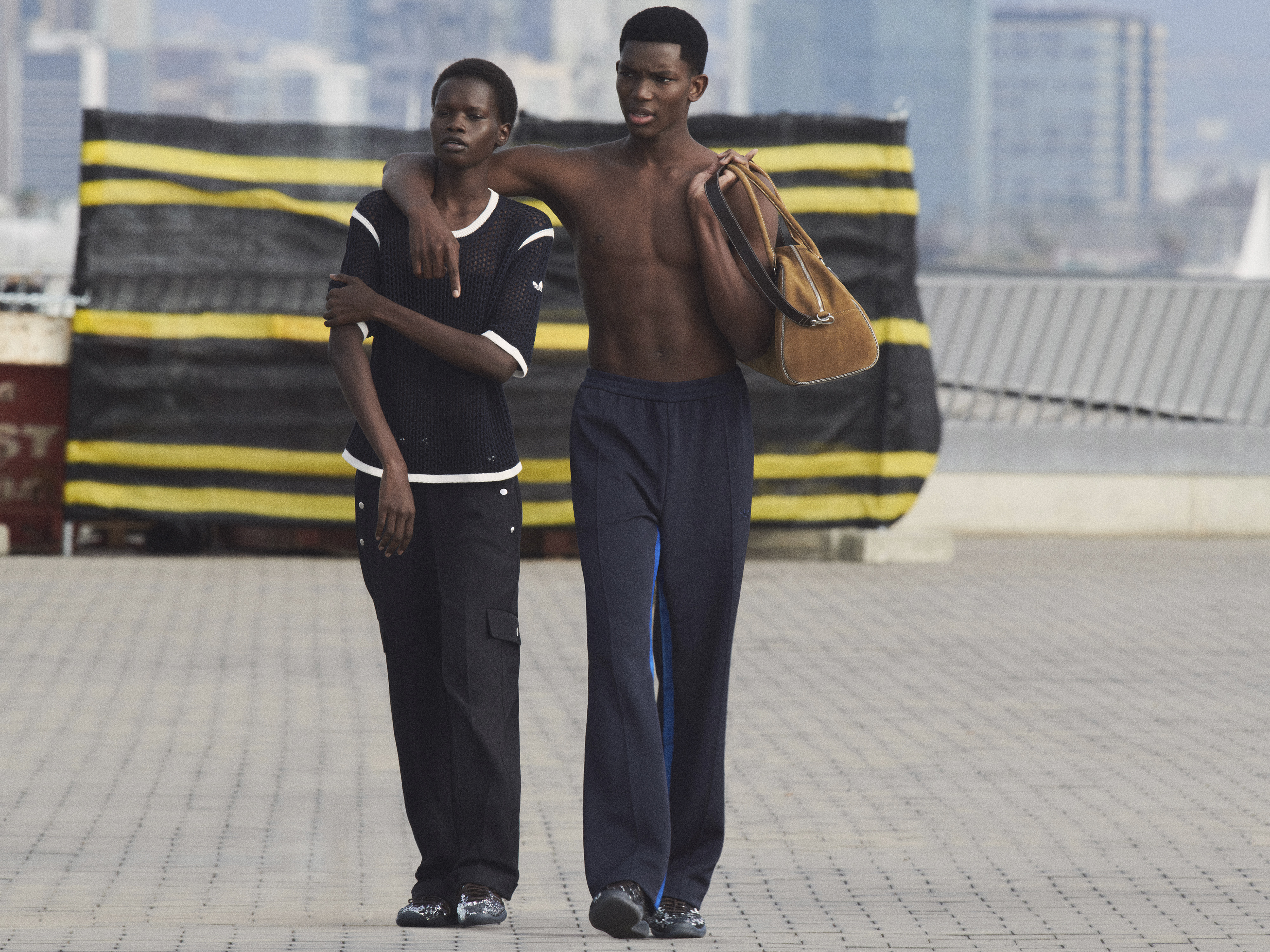Overcoat F/W '20

Check out the collection below.
And in case you haven’t gotten your fill, watch the recap video from the show.
Stay informed on our latest news!

Check out the collection below.


















And in case you haven’t gotten your fill, watch the recap video from the show.

This season, the footwear really stands out. The big highlight is the debut of the Karintha, a brand-new sneaker that shows off the creative connection between the two brands. It’s low-profile but full of thoughtful details. The Superstar Hi is also back with a slimmer sole and plush suede finish. And to top it all off, the iconic adidas Adilette gets a luxe, handwoven leather makeover made in Brazil, perfect for the upcoming summer days.
The adidas Originals by Wales Bonner SS25 collection drops globally today via adidas.com, the Confirmed app, and select retailers.














